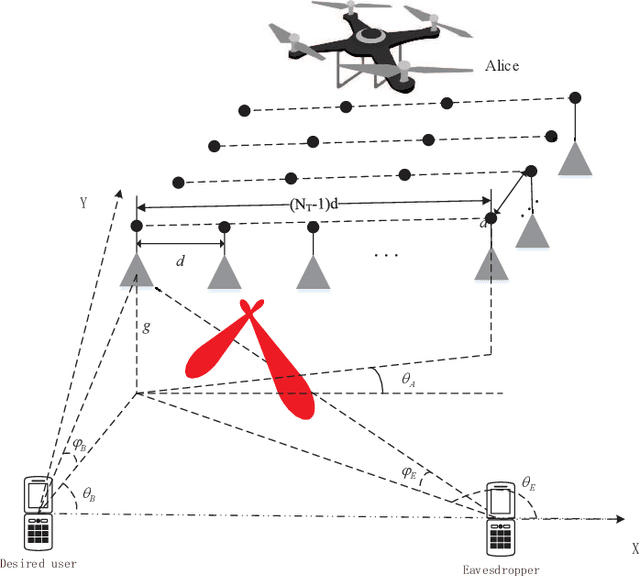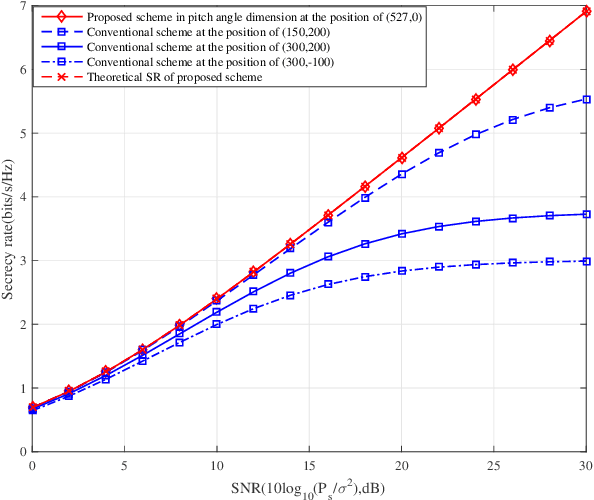Jinyong Lin
STAR-RIS-UAV Aided Coordinated Multipoint Cellular System for Multi-user Networks
May 22, 2023Abstract:Different with conventional reconfigurable intelligent surface (RIS), simultaneous transmitting and reflecting RIS (STAR-RIS) can reflect and transmit the signals to the receiver. In this paper, to serve more ground users and increase the deployment flexibility, we investigate an unmanned aerial vehicle equipped with a STAR-RIS (STAR-RIS-UAV) aided wireless communications for multi-user networks. Energy splitting (ES) and mode switching (MS) protocols are considered to control the reflection and transmission coefficients of STAR-RIS elements. To maximize the sum rate of the STAR-RIS-UAV aided coordinated multipoint cellular system for multi-user networks, the corresponding beamforming vectors as well as transmitted and reflected coefficients matrices are optimized. Specifically, instead of adopting the alternating optimization, we design an iteration method to optimize all variables for both ES and MS protocols at the same time. Simulation results reveal that STAR-RIS-UAV aided wireless communication system has a much higher sum rate than the system with conventional RIS or without RIS. Furthermore, the proposed structure is more flexible than a fixed STAR-RIS and could greatly promote the sum rate.
UAV-enabled optimal position selection for secure and precise wireless transmission
Mar 31, 2021



Abstract:In this letter, two unmanned-aerial-vehicle (UAV) optimal position selection schemes are proposed. Based on the proposed schemes, the optimal UAV transmission positions for secure precise wireless transmission (SPWT) are given, where the maximum secrecy rate (SR) can be achieved without artificial noise (AN). In conventional SPWT schemes, the transmission location is not considered which impacts the SR a lot. The proposed schemes find the optimal transmission positions based on putting the eavesdropper at the null point. Thus, the received confidential message energy at the eavesdropper is zero, and the maximum SR achieves. Simulation results show that proposed schemes have improved the SR performance significantly.
 Add to Chrome
Add to Chrome Add to Firefox
Add to Firefox Add to Edge
Add to Edge